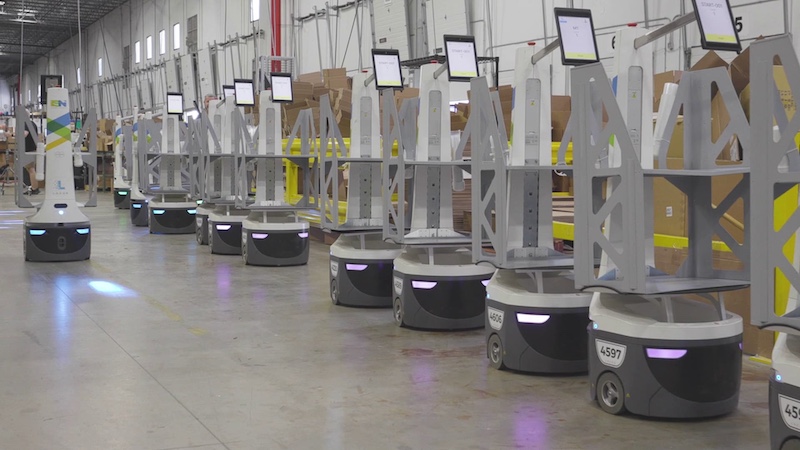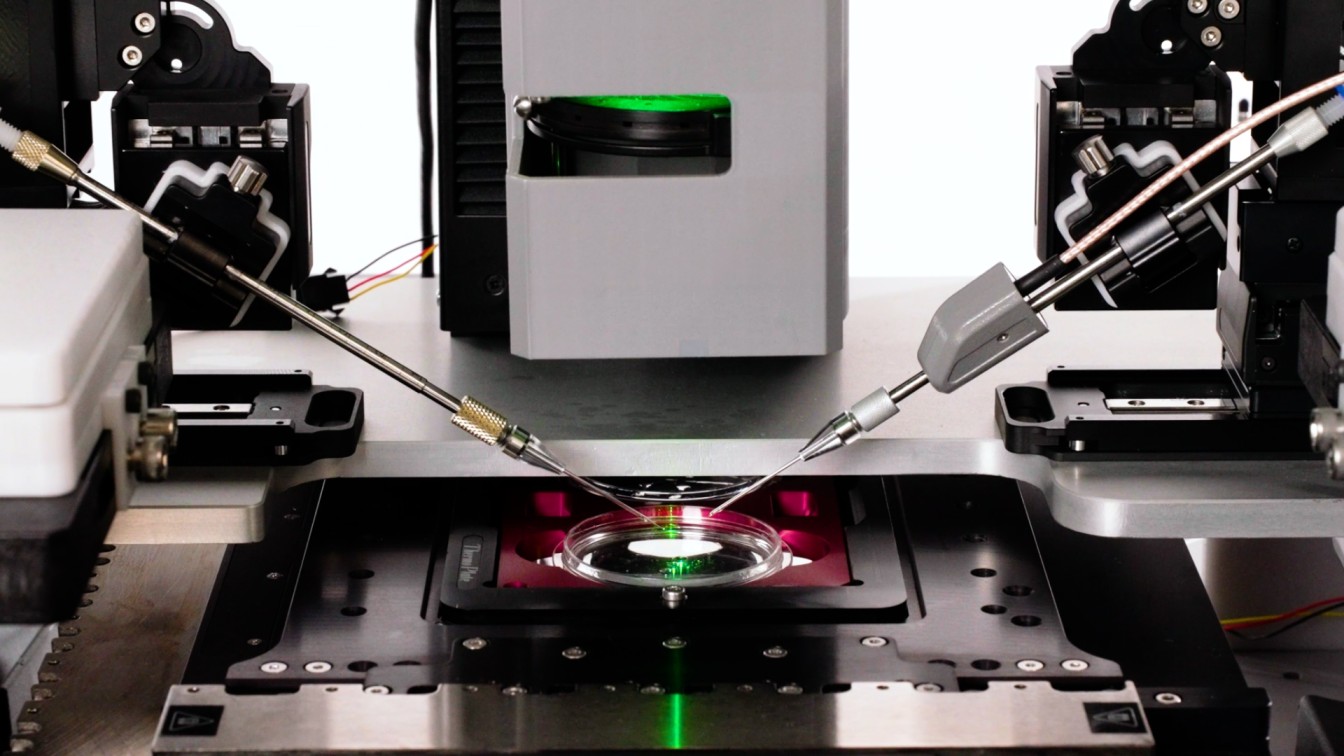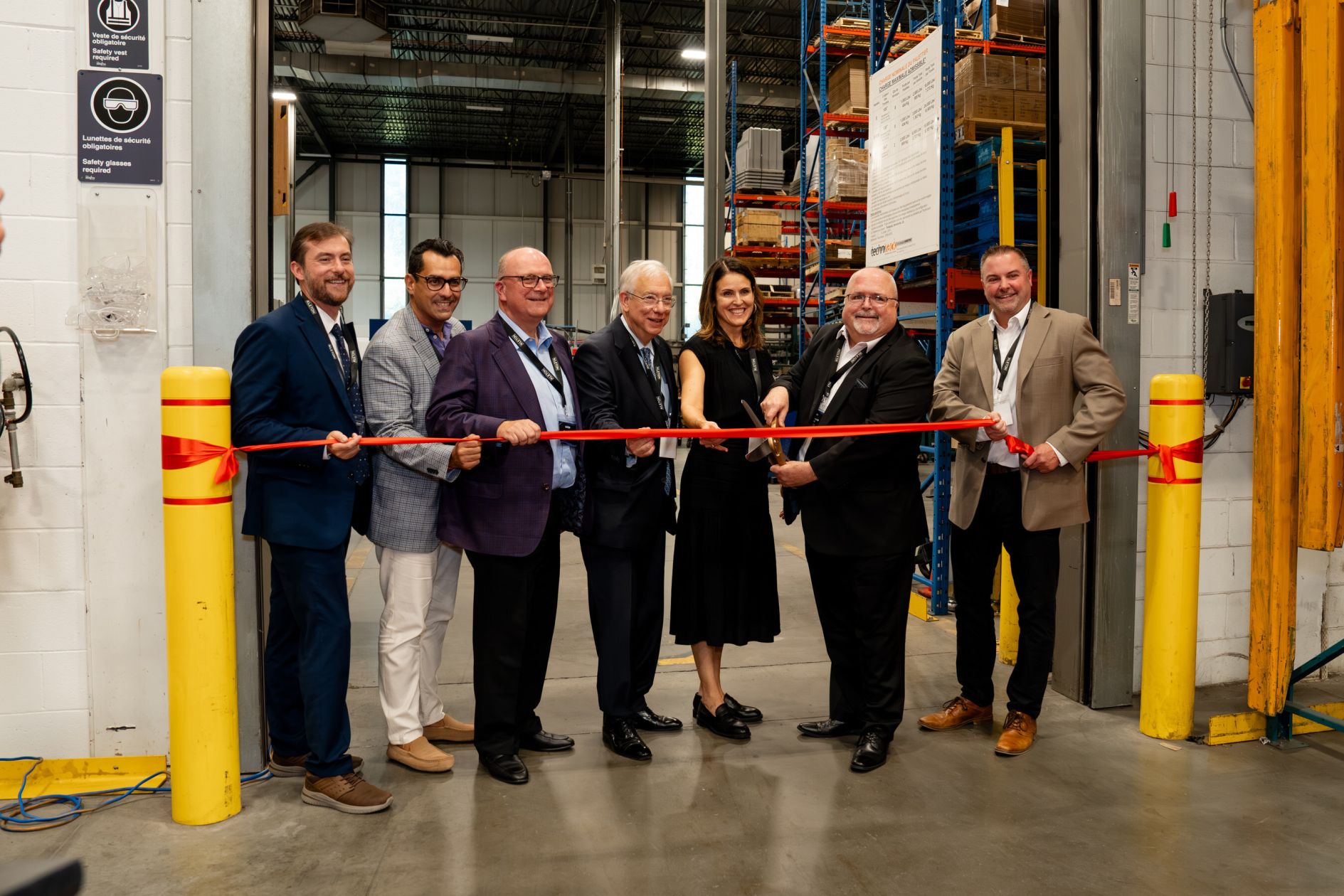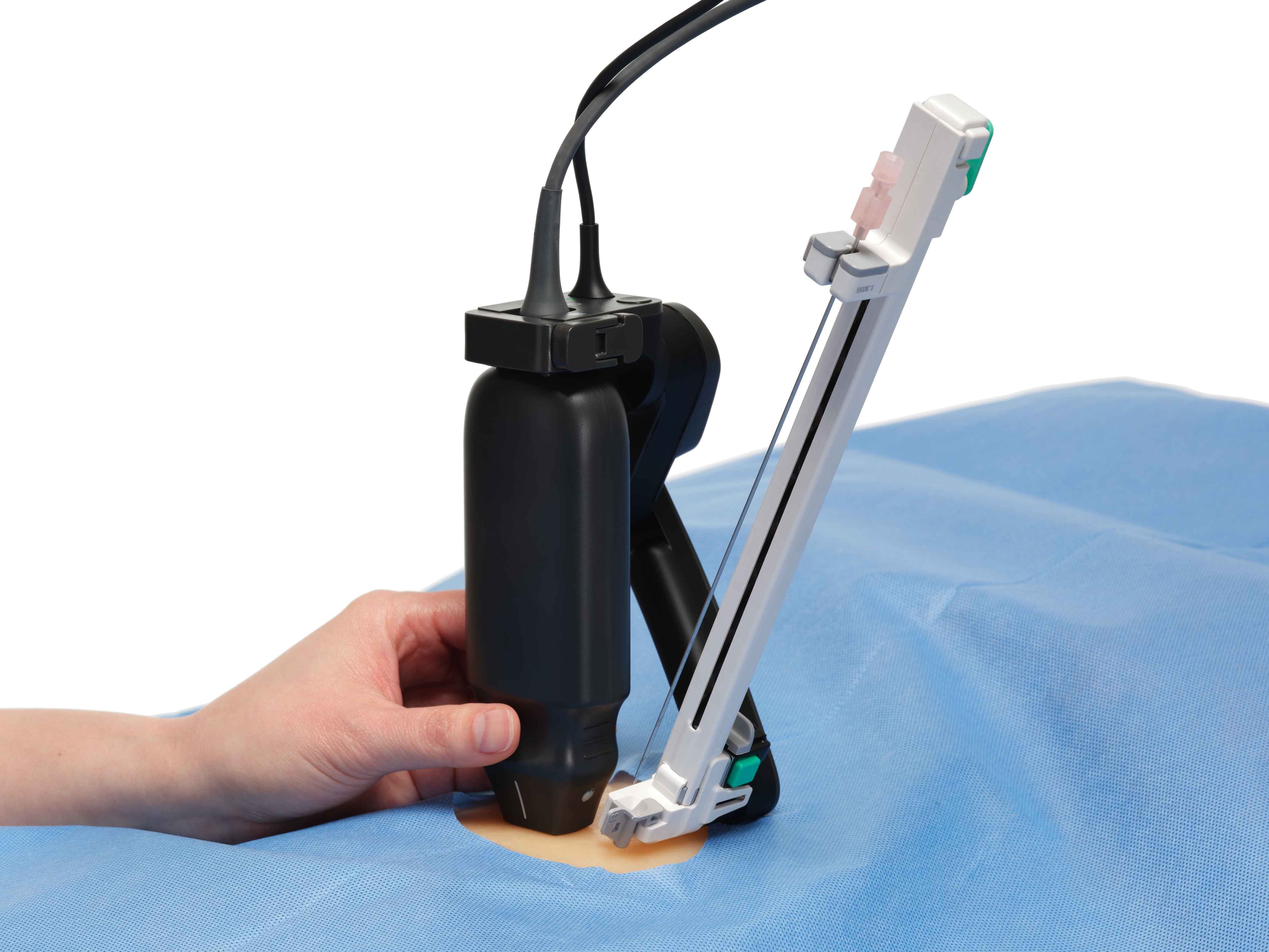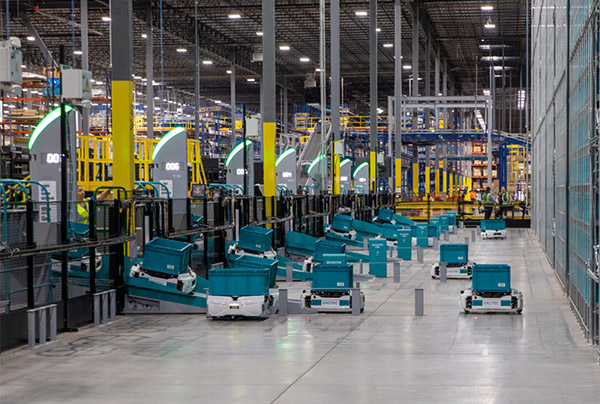A3 Unveils Vision for U.S. National Robotics Strategy, Calls for Federal Action
Policy recommendations emphasize robotics leadership to drive economic growth, national security, and workforce readiness
Image Courtesy: Public Domain
The Association for Advancing Automation (A3) released its vision for a National Robotics Strategy and shared key policy recommendations with the U.S. Congress today to ensure the United States maintains its leadership in robotics and automation. As AI continues to dominate policy discussions, A3 emphasizes that true global competitiveness requires advancing physical AI applications — namely, robotics.
The strategy vision outlines six key policy priorities to drive U.S. leadership in robotics:
- Establish a Central Government Robotics Office and a Robotics Commission – A dedicated federal office to coordinate robotics policy, innovation, and industry collaboration, along with a Robotics Commission of appointed industry and academic leaders to formulate policy recommendations to assert US leadership in robotics and bolster economic and national security.
- Implement Tax Incentives to Drive Adoption – Tax credits and incentives to accelerate robotics investment and innovation.
- Government as a Leading Adopter – Encouraging federal agencies to integrate robotics into their operations, setting an example for industry.
- Expand Workforce Training Programs – Investing in STEM education and upskilling programs to prepare workers for automation-driven industries.
- Fund Academic Research & Commercial Innovation – Strengthening public-private partnerships to drive breakthrough robotics advancements.
- Develop New Industry Standards – Modernizing standards to support safe and effective AI-powered robotics deployment.
“The United States is at a critical moment in shaping the future of automation,” said Jeff Burnstein, president of A3. “While AI is a major focus, we cannot afford to fall behind in robotics. Our vision for a national strategy provides a roadmap for strengthening U.S. competitiveness, innovation, and workforce readiness.”
A3 calls for the creation of a cross-government task force and a centralized robotics office to coordinate efforts across industries and agencies. A3 also recommends a Robotics Commission similar to previous government appointed Commissions in key technology areas such as AI, cybersecurity, and biosecurity. This strategy vision aims to drive economic growth, enhance national security, and ensure that the U.S. remains a leader in robotics-driven innovation.
"With recent advances, including the rapid integration of AI functionality, robots are becoming increasingly capable and essential in industries that will face worker shortages due to demographics," said Brendan Schulman, chair of the A3 Advocacy Committee and VP of policy and government relations at Boston Dynamics. "It is urgent for government leaders to launch a national robotics strategy, and I commend A3 and members of our committee for the development of this comprehensive policy framework for global leadership."









